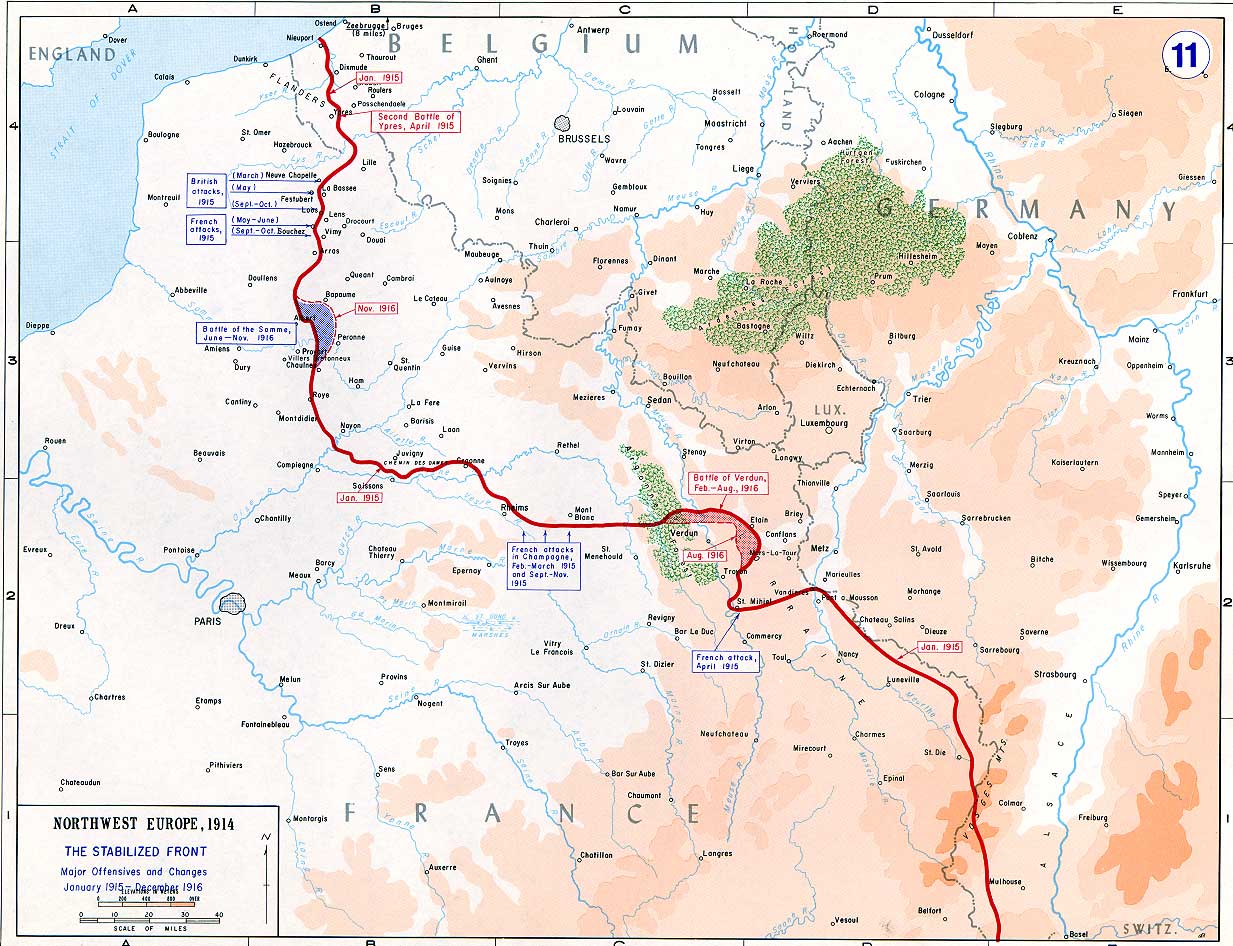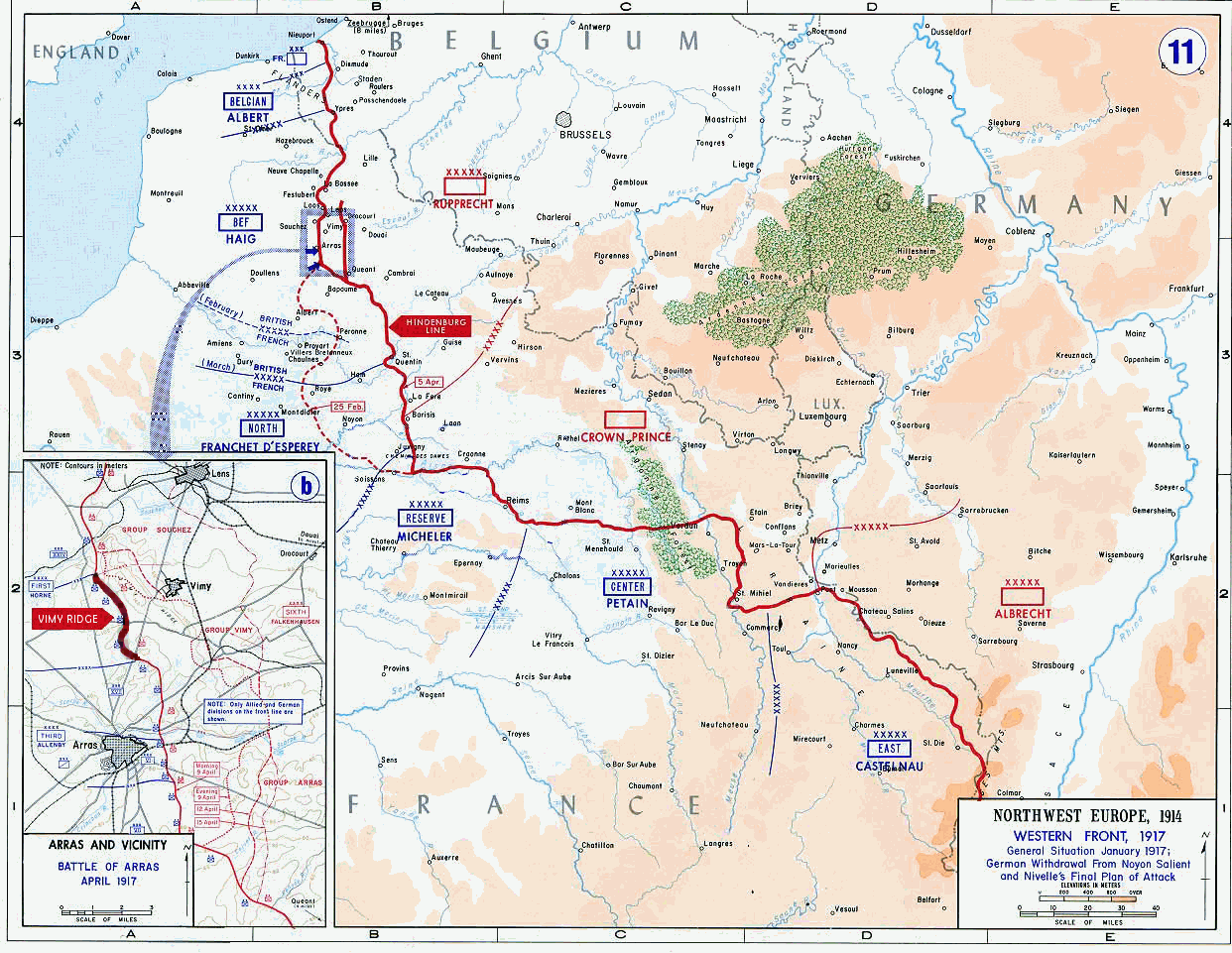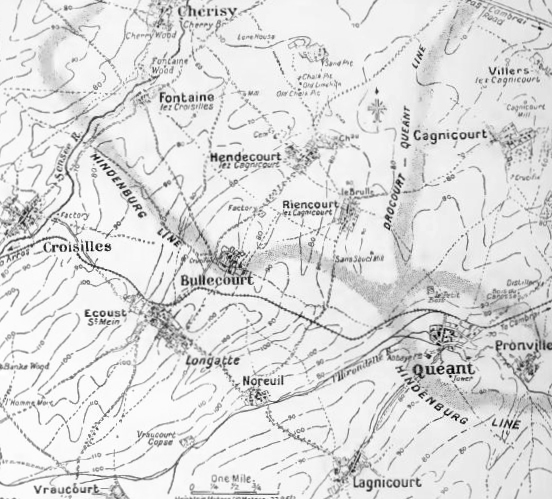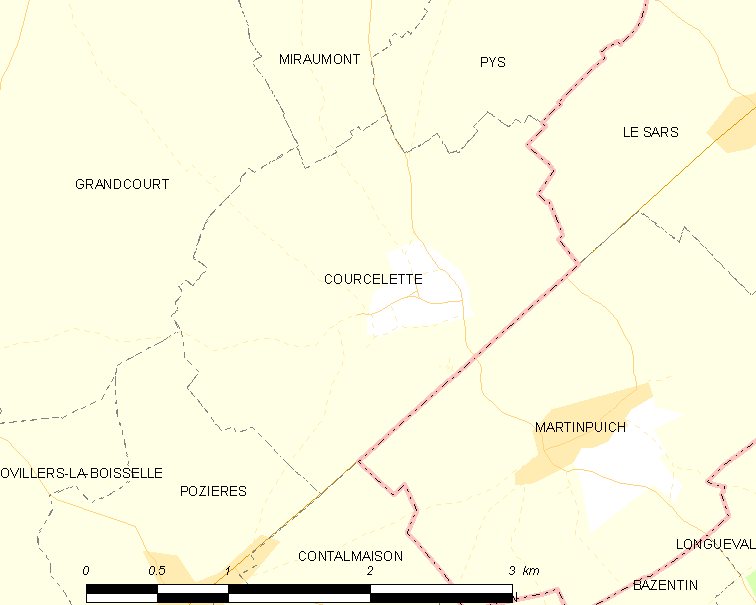|
29th Battalion, CEF
The 29th Battalion (Vancouver), CEF was an infantry battalion of the Canadian Expeditionary Force during the Great War. History Known as "Tobin's Tigers", the battalion was authorized on 7 November 1914 and embarked for Britain on 20 May 1915. It disembarked in France on 17 September 1915, where it fought as part of the 6th Canadian Infantry Brigade, 2nd Canadian Division in France and Flanders until the end of the war. The battalion was disbanded on 30 August 1920. The 29th Battalion recruited in Vancouver and New Westminster, British Columbia and was mobilized at Vancouver. Raised by Lieutenant-Colonel Tobin on 24 October 1914 in Vancouver, British Columbia, the 29th derived its manpower from the Duke of Connaught's Own Rifles and the Irish Fusiliers of Canada. The SS ''Missanabie'' transported the battalion to England in May 1915. Subordinated to the 6th Canadian Brigade, 2nd Canadian Division, the 29th consisted of 37 officers and 1,104 other ranks. The 29th Battalion h ... [...More Info...] [...Related Items...] OR: [Wikipedia] [Google] [Baidu] |
Battle Of The Somme
The Battle of the Somme (; ), also known as the Somme offensive, was a battle of the First World War fought by the armies of the British Empire and the French Third Republic against the German Empire. It took place between 1 July and 18 November 1916 on both sides of the upper reaches of the river Somme (river), Somme in France. The battle was intended to hasten a victory for the Allies of World War I, Allies. More than three million men fought in the battle, of whom more than one million were either wounded or killed, making it one of the List of battles by casualties, deadliest battles in human history. The French and British had planned an offensive on the Somme during the Chantilly Conferences, Chantilly Conference in December 1915. The Allies agreed upon a strategy of combined offensives against the Central Powers in 1916 by the French, Russian, British and Italian armies, with the Somme offensive as the Franco-British contribution. The French army was to undertake the m ... [...More Info...] [...Related Items...] OR: [Wikipedia] [Google] [Baidu] |
Hindenburg Line
The Hindenburg Line (, Siegfried Position) was a German Defense line, defensive position built during the winter of 1916–1917 on the Western Front (World War I), Western Front in France during the First World War. The line ran from Arras to Laffaux, near Soissons on the Aisne River, Aisne. In 1916, the Battle of Verdun and the Battle of the Somme left the German western armies () exhausted and on the Eastern Front (World War I), Eastern Front, the Brusilov Offensive had inflicted huge losses on the Austro-Hungarian armies and forced the Germans to take over more of the front. The declaration of war by Romania during World War I, Romania had placed additional strain on the German army and war economy. The Hindenburg Line, built behind the Noyon Salient (territory), Salient, was to replace the old front line as a precaution against a resumption of the Battle of the Somme in 1917. By devastating the intervening ground, the Germans could delay a spring offensive in 1917. A shorte ... [...More Info...] [...Related Items...] OR: [Wikipedia] [Google] [Baidu] |
Battle Of Amiens (1918)
The Battle of Amiens, also known as the Third Battle of Picardy was the opening phase of the Allies of World War I, Allied offensive which began on 8 August 1918, later known as the Hundred Days Offensive, which ultimately led to the end of World War I. Allied forces advanced over on the first day, one of the greatest advances of the war, with Gen Henry Rawlinson, 1st Baron Rawlinson, Henry Rawlinson's British Fourth Army, with nine of its 19 Division (military), divisions supplied by the fast-moving Australian Corps of Lt General John Monash and Canadian Corps of Lt General Arthur Currie, and Gen Marie Eugène Debeney's French First Army playing a decisive role. The battle is also notable for its effects on both sides' morale and the large number of surrender (military), surrendering German Empire, German forces. This led Erich Ludendorff to later describe the first day of the battle as "the black day of the German Army". Amiens was one of the first major battles involving arm ... [...More Info...] [...Related Items...] OR: [Wikipedia] [Google] [Baidu] |
Battle Of Passchendaele
The Third Battle of Ypres (; ; ), also known as the Battle of Passchendaele ( ), was a campaign of the First World War, fought by the Allies of World War I, Allies against the German Empire. The battle took place on the Western Front (World War I), Western Front, from July to November 1917, for control of the ridges south and east of the Belgian city of Ypres in West Flanders, as part of a strategy decided by the Entente at conferences in November 1916 and May 1917. Passendale, Passchendaele lies on the last ridge east of Ypres, from Roulers (now Roeselare), a junction of the Bruges-(Brugge)-to-Kortrijk railway. The station at Roulers was on the main supply route of the German 4th Army (German Empire), 4th Army. Once Passchendaele Ridge had been captured, the Allied advance was to continue to a line from Thourout (now Torhout) to Couckelaere (Koekelare). Further operations and a British supporting attack along the Belgian coast from Nieuport (Nieuwpoort, Belgium, Nieuwpoort), ... [...More Info...] [...Related Items...] OR: [Wikipedia] [Google] [Baidu] |
Battle Of Hill 70
The Battle of Hill 70 took place in the First World War between the Canadian Corps and attached units against five divisions of the German 6th Army. The battle took place along the Western Front on the outskirts of Lens in the Nord-Pas-de-Calais region of France between 15 and 25 August 1917. The plan was to inflict casualties, to draw German troops away from the 3rd Battle of Ypres and to make the German hold on Lens untenable. The Canadian Corps captured Hill 70 and to establish defensive positions from which combined small-arms and artillery fire, some of which used the new technique of predicted fire, would inflict mass casualties on German counter-attacks. The Germans were prevented from transferring divisions to the Ypres Salient but did not bring in troops from other areas. The Canadian Corps failed to enter Lens but German and Canadian assessments concluded that it succeeded in its attrition objective. The battle was costly for both sides and many casualties were s ... [...More Info...] [...Related Items...] OR: [Wikipedia] [Google] [Baidu] |
Battle Of The Scarpe (1918)
The Battle of the Scarpe was a World War I battle that took place during the Hundred Days Offensive between 26 and 30 August 1918. 26 August The Canadian Corps advanced over 5 kilometres and captured the towns of Monchy-le-Preux and Wancourt. Lieutenant Charles Smith Rutherford VC MC MM from the 5th Canadian Mounted Rifles of the 3rd Canadian Infantry Division performed actions that earned him the Victoria Cross The Victoria Cross (VC) is the highest and most prestigious decoration of the Orders, decorations, and medals of the United Kingdom, British decorations system. It is awarded for valour "in the presence of the enemy" to members of the British .... He captured a German party of 45, including two officers and three machine-guns, then captured another pillbox along with another 35 prisoners and their guns. 27 August Heavy rains during the night resulted in slippery ground, difficulties in assembling troops and late starts for the assaults. Stiff resistance from ... [...More Info...] [...Related Items...] OR: [Wikipedia] [Google] [Baidu] |
Battle Of Vimy Ridge
The Battle of Vimy Ridge was part of the Battle of Arras, in the Pas-de-Calais department of France, during the First World War. The main combatants were the four divisions of the Canadian Corps in the First Army, against three divisions of the German 6th Army. The battle occurred from 9 to 12 April 1917, marking the commencement of the Battle of Arras and serving as the inaugural assault of the Nivelle Offensive. The objective was to draw German reserves away from the French forces, preparing for a crucial offensive along the Aisne and the Chemin des Dames ridge several days later. The Canadian Corps was to capture the German-held high ground of Vimy Ridge, an escarpment on the northern flank of the Arras front. This would protect the First Army and the Third Army farther south from German enfilade fire. Supported by a creeping barrage, the Canadian Corps captured most of the ridge during the first day. The village of Thélus fell during the second day, as did the cre ... [...More Info...] [...Related Items...] OR: [Wikipedia] [Google] [Baidu] |
Battle Of Arras (1918)
The name Battle of Arras refers to a number of battles which took place near the town of Arras in Artois, France France, officially the French Republic, is a country located primarily in Western Europe. Overseas France, Its overseas regions and territories include French Guiana in South America, Saint Pierre and Miquelon in the Atlantic Ocean#North Atlan ...: * Siege of Arras (1640), a siege by the French against the Spanish during the Thirty Years' War * Battle of Arras (1654), a clash between the French and the Spanish * Battle of Arras (1914), a battle during the Race to the Sea in the First World War * Battle of Arras (1915), took place on May 9, 1915, during the First World War * Battle of Arras (1917), a British Empire offensive during the First World War * Battle of Arras (1918), part of the Hundred Days Offensive * Battle of Arras (1940), a tank battle during the Battle of France in the Second World War See also * Arras (other) {{disambiguation ... [...More Info...] [...Related Items...] OR: [Wikipedia] [Google] [Baidu] |
Battle Of Arras (1917)
The Battle of Arras, also known as the Second Battle of Arras, was a British offensive on the Western Front (World War I), Western Front during the First World War. From 9 April to 16 May 1917, British troops attacked German defences near the French city of Arras on the Western Front. The British achieved the longest advance since trench warfare had begun, surpassing the record set by the French Sixth Army (France), Sixth Army on 1 July 1916. The British advance slowed in the next few days and the German defence recovered. The battle became a costly stalemate for both sides and by the end of the battle, the British Third Army (United Kingdom), Third Army and the First Army (United Kingdom), First Army had suffered about 160,000 casualties and the German 6th Army (German Empire), 6th Army about 125,000. For much of the war, the opposing armies on the Western Front were at a stalemate, with a continuous line of Trench warfare, trenches from the Belgian coast to the France-Switzerla ... [...More Info...] [...Related Items...] OR: [Wikipedia] [Google] [Baidu] |
Battle Of Ancre Heights
The Battle of the Ancre Heights (1 October – 11 November 1916), is the name given to the continuation of British attacks after the Battle of Thiepval Ridge from during the Battle of the Somme. The battle was conducted by the Reserve Army (renamed Fifth Army on 29 October) from Courcelette near the Albert–Bapaume road, west to Thiepval on Bazentin Ridge. British possession of the heights would deprive the German 1st Army of observation towards Albert to the south-west and give the British observation north over the Ancre valley to the German positions around Beaumont-Hamel, Serre and Beaucourt. The Reserve Army conducted large attacks on and from Many smaller attacks were made in the intervening periods, amid interruptions caused by frequent heavy rain, which turned the ground and roads into rivers of mud and grounded aircraft. German forces in footholds on the ridge, at the east end of ( Regina Trench) and in the remaining parts of ( Schwaben Redoubt) to the nort ... [...More Info...] [...Related Items...] OR: [Wikipedia] [Google] [Baidu] |







